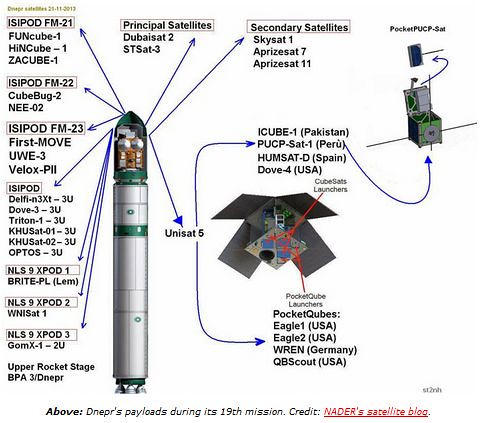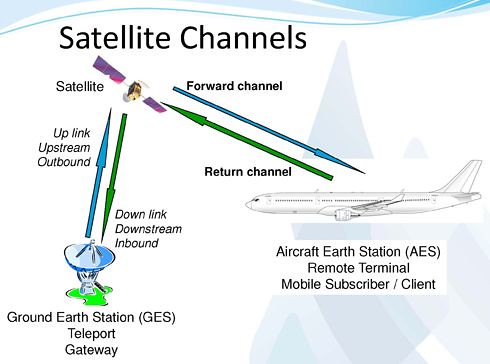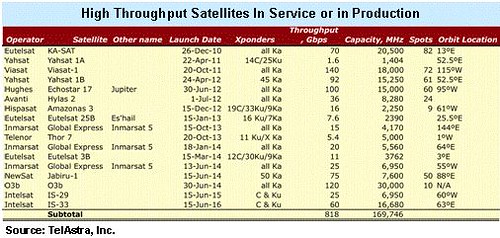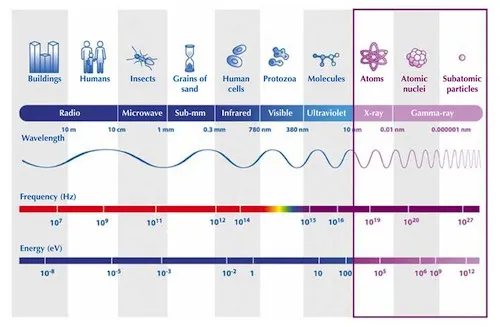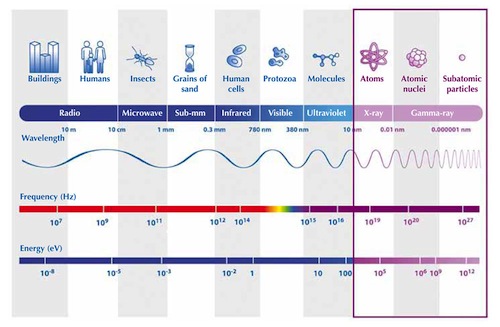Satellite Swarms – The New Paradigm to Earth Imaging
The concept of having small satellites launched into orbit as a constellation of earth imaging satellites is swiftly changing the game.
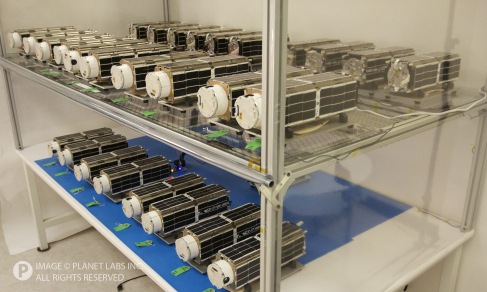
Some smart startup coys are promising to shake up the field of earth imaging by the concept of satellite swarms orbiting the earth and sending imageries of any part of the earth in the nearest real time.
These satellites can afford imageries with very high resolutions,between 3 to 5 meters. Real-time change detection and tracking of lots environmental phenomena including traffic jams are possible with this technology.
Existing commercial satellites can acquire very high resolution satellite imageries, but revisit periods can be days or weeks. Notwithstanding the promise from Digital Globe of 90 munites revisit period high resolution satellite on the way.
Courtesy of dailywireless.org:
Planet Lab aims to provide frequent snapshots of the planet, allowing users to track changes from traffic jams to deforestation in the nearest real time.
Planet Labs, hopes to achieve this using the 3U Cubesats technology of about 28 mini-satellites.
Planet Labs’ fleet should be able to take more frequent snapshots of the globe. The exact frequency has yet to be decided, but “it is going to be something the industry doesn’t have today,” says company cofounder Robbie Schingler, a former chief of staff for NASA’s Office of the Chief Technologist.
The satellites will send their images to at least three ground stations—two in the U.S. and one in the U.K. The data will be processed and uploaded for use by customers almost immediately.
Planet Labs are not the only guys working on this Satellite swarms, Skybox Imaging is also making giant strides with this concept.
Skybox Imaging aims to launch at least 24 satellites that will be able to take high-definition video of any spot on Earth and capture details just one meter across. Each of its satellites should cost about a 10th as much as a traditional ones, but are significantly larger than the Planet Labs 3U CubeSats.

The EDSN mission will form a swarm of eight identical cubesats, each cross-linked to monitor space weather. It will be launched from Kauai, Hawaii in 2014. TJCubeSat, the first satellite designed and built by high school students, was launched by Orbital in November.
On November 19, an Orbital Sciences Minotaur I rocket placed 29 satellites and two attached payloads into orbit, breaking a record which had previously been held by a Russian Dnepr rocket since 2007.
Less than thirty hours later, a Dnepr carried UAE’s DubaiSat-2, an Earth observation satellite about the size of a compact car, and thirty one other satellites settinganother new record for the most payloads. Among them was SkySat 1, the first of 24 satellites planned by Skybox. An NRO mission on Dec 6 launched 12 QubeSats, including TacSat-6, a 3U communications satellite.
A CubeSat with a 2048 by 1536 pixel camera (3.1 Megapixels) produces ground resolution of 20 to 35 meters. Most modern smartphones have triple that resolution.ARGUS-IS uses hundreds of cellphone cameras in a mosaic to auto-track moving objects in a wide area.
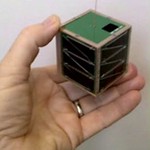 Pocket Qubes are the smallest and cheapest satellites.PocketQube satellites are 5cm cubes, developed by small spacecraft pioneer Bob Twiggs. PocketQube satellites have used Kickstarter crowdsourced funding. Four PocketQubes were launched aboard the Dnepr in November. Jonathan’s Space Report lists the 90 payloads launched just in the past month, most of them very small.
Pocket Qubes are the smallest and cheapest satellites.PocketQube satellites are 5cm cubes, developed by small spacecraft pioneer Bob Twiggs. PocketQube satellites have used Kickstarter crowdsourced funding. Four PocketQubes were launched aboard the Dnepr in November. Jonathan’s Space Report lists the 90 payloads launched just in the past month, most of them very small.
The CubeSat Bus utilizes the same connectors as thePC/104 bus, which is also used in many UAVs. PocketQubes may fit inside smaller UAVs.
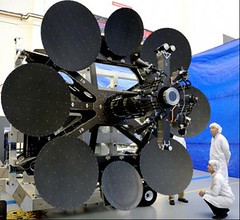 Meanwhile, Inmarsat launched one the largest telecom satellites ever built last week. Inmarsat’s Global Xpress is the first of a new family of three satellites. Inmarsat-5, F-1 was successfully launched Dec 8 by ILS.
Meanwhile, Inmarsat launched one the largest telecom satellites ever built last week. Inmarsat’s Global Xpress is the first of a new family of three satellites. Inmarsat-5, F-1 was successfully launched Dec 8 by ILS.
The $1.6 billion program is operated by theglobal satellite company based in Britain. The three satellites each have 89 Ka-band beams and consume 15kW of power.
Global Xpress, the “world’s first worldwide Ka-band mobile satellite system”, will unfurl its solar panels and antennas by the end of December and take up operations at 63 degrees east next year.
Two more Global Xpress craft will join it before the end of 2014. Inmarsat’s three principal sectors include maritime, land/mobile, and aviation.
In 2011 aviation made up only 14% of Inmarsat’s revenue but aviation has recently outstripped growth of the other sectors by a factor of over 5.
High Throughput Satellites (HTS) are bringing massive increases in bandwidth to orbit. Over twenty new HTS and Ka-band satellites are in construction, each carrying from 10 to 100 times the capacity of today’s conventional C– and Ku-Band systems.

Northern Sky Research (NSR) counts 17 high-throughput satellites, most of them using Ka-band, already in orbit, with another 30 satellites scheduled for launch by 2022.
Sources: dailywireless.org
Did you like this post about satellite swarms? Read more and subscribe to our monthly newsletter!



